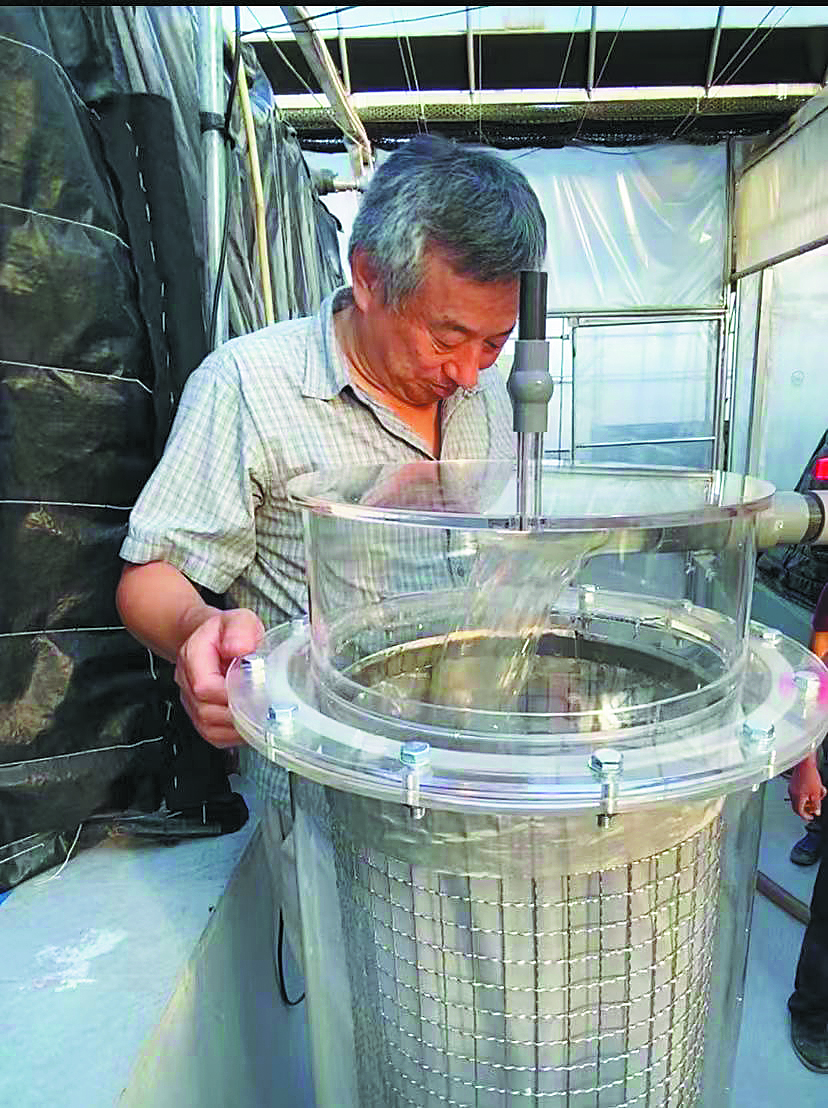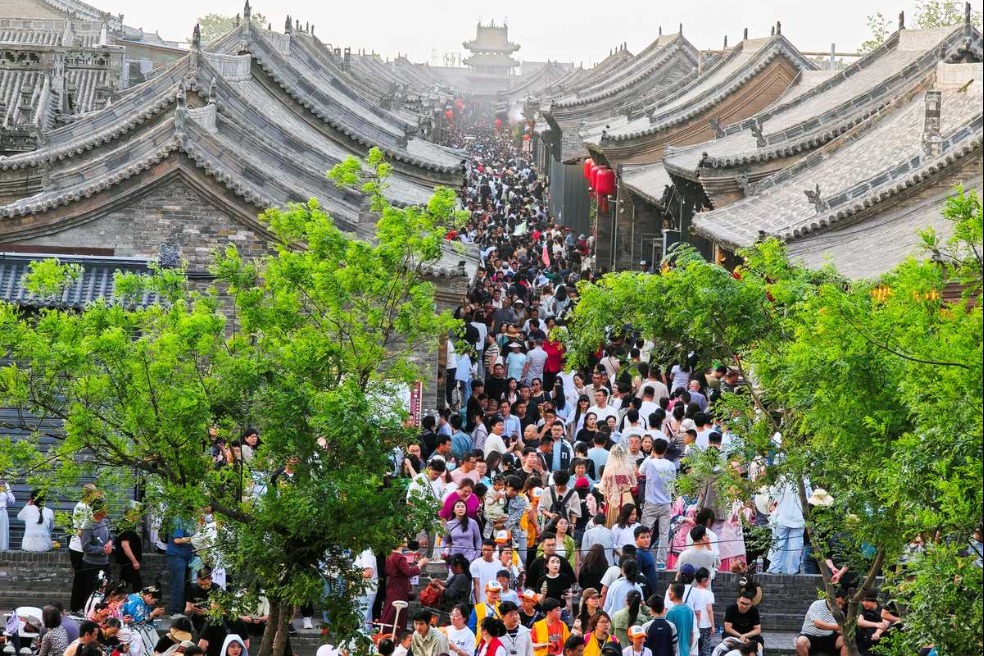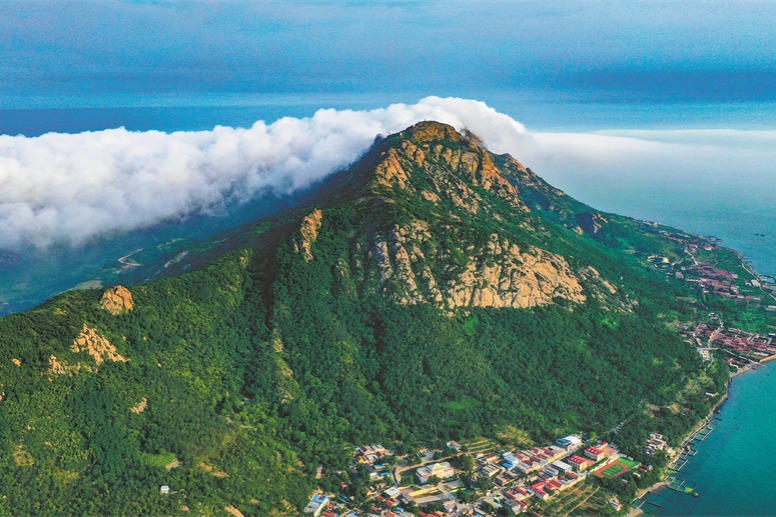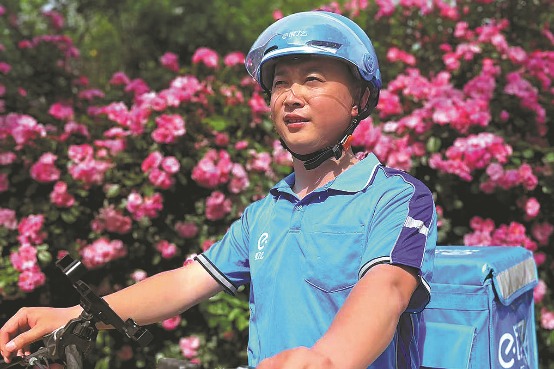Researchers enrich shrimp farming returns
Sustainable model enables Pacific shrimp to be raised in rugged Ningxia


A retired professor from Tsinghua University has revolutionized shrimp farming in Northwest China, developing a sustainable model that uses recycled water to raise Pacific white shrimp in the arid climes of the Ningxia Hui autonomous region.
To diversify the local aquaculture species, farmers in Helan county's Sishilidian village started raising Pacific white shrimp around 2018. However, farmers encountered a series of difficulties, such as low survival rates, difficult wastewater treatment and high equipment maintenance costs.
In the same year, the city's agriculture and rural affairs bureau contacted Duan Yunling, a structural engineer and water treatment expert at Tsinghua University in Beijing, inviting him to help solve the issues.
He spent the next six years developing a model for growing Pacific white shrimp using recycled water.
"Basic water treatment wasn't a challenge for me," said Duan. "The real issue was that, after multiple treatment processes, the income from shrimp farming couldn't cover the costs."
He discovered that due to the lack of a large amount of fresh water inflow, high stocking densities and excessive feeding, traditional pond farming methods would lead to water deterioration over time.
"It not only resulted in low shrimp survival rates but also caused environmental pollution," said Duan.
"As a result, we suggested switching to small-scale facility farming with water recycling."
According to Duan, compared to traditional open-air pond farming, facility farming has the advantages of lower water usage, controllable temperatures and year-round production.
In late 2018, local enterprises had attempted the method, but failed at the nursery stage.
"I made the decision to stay and solve the challenges of inland shrimp farming," Duan said.





































